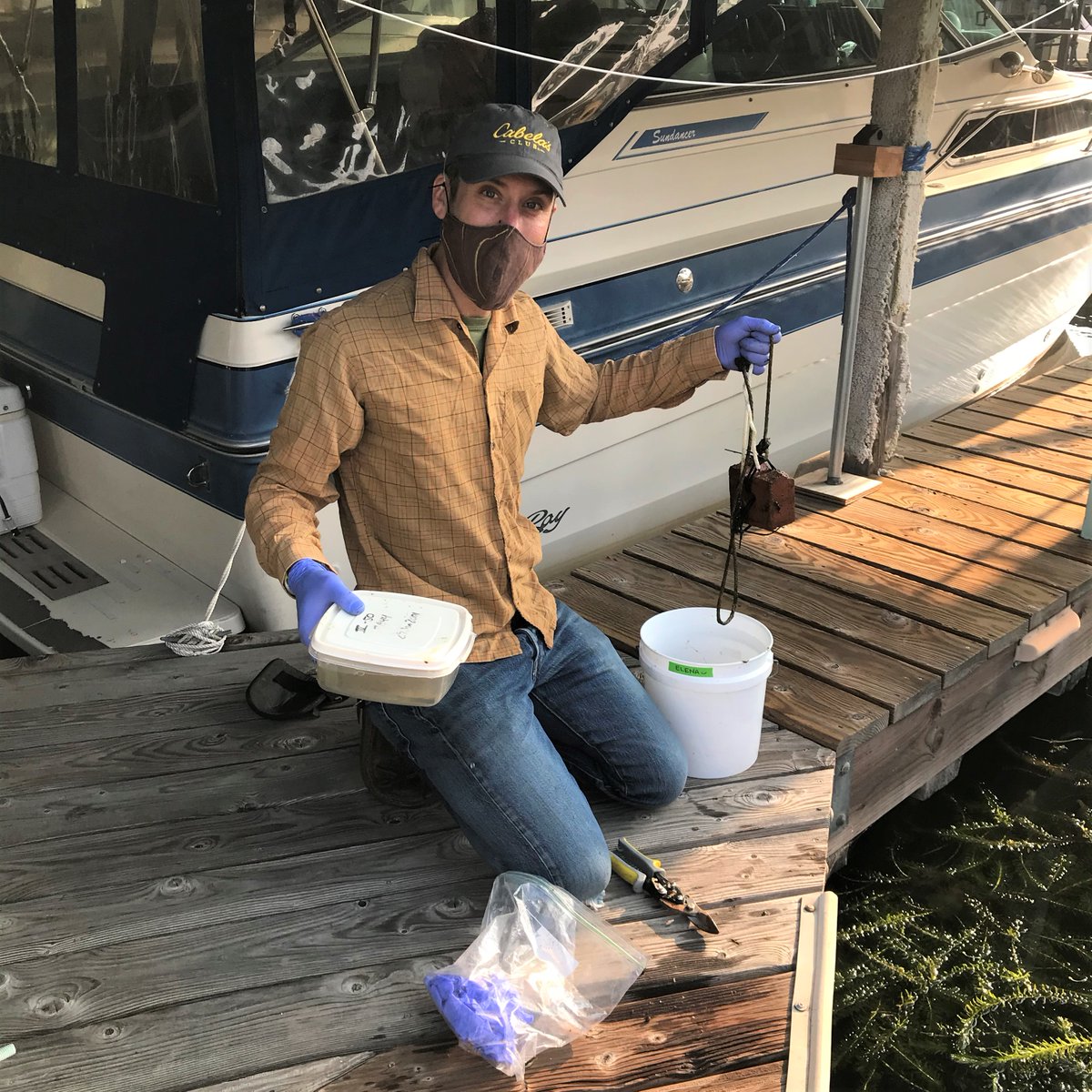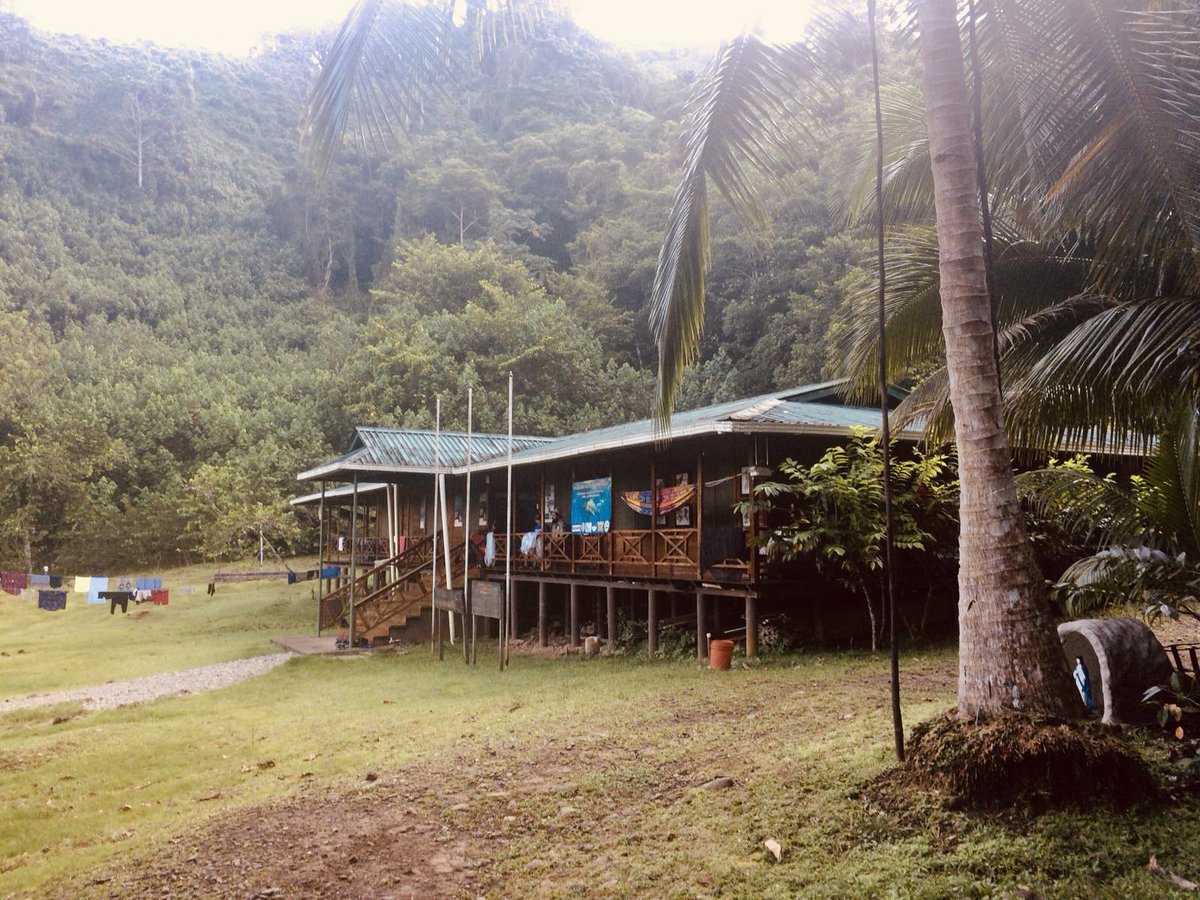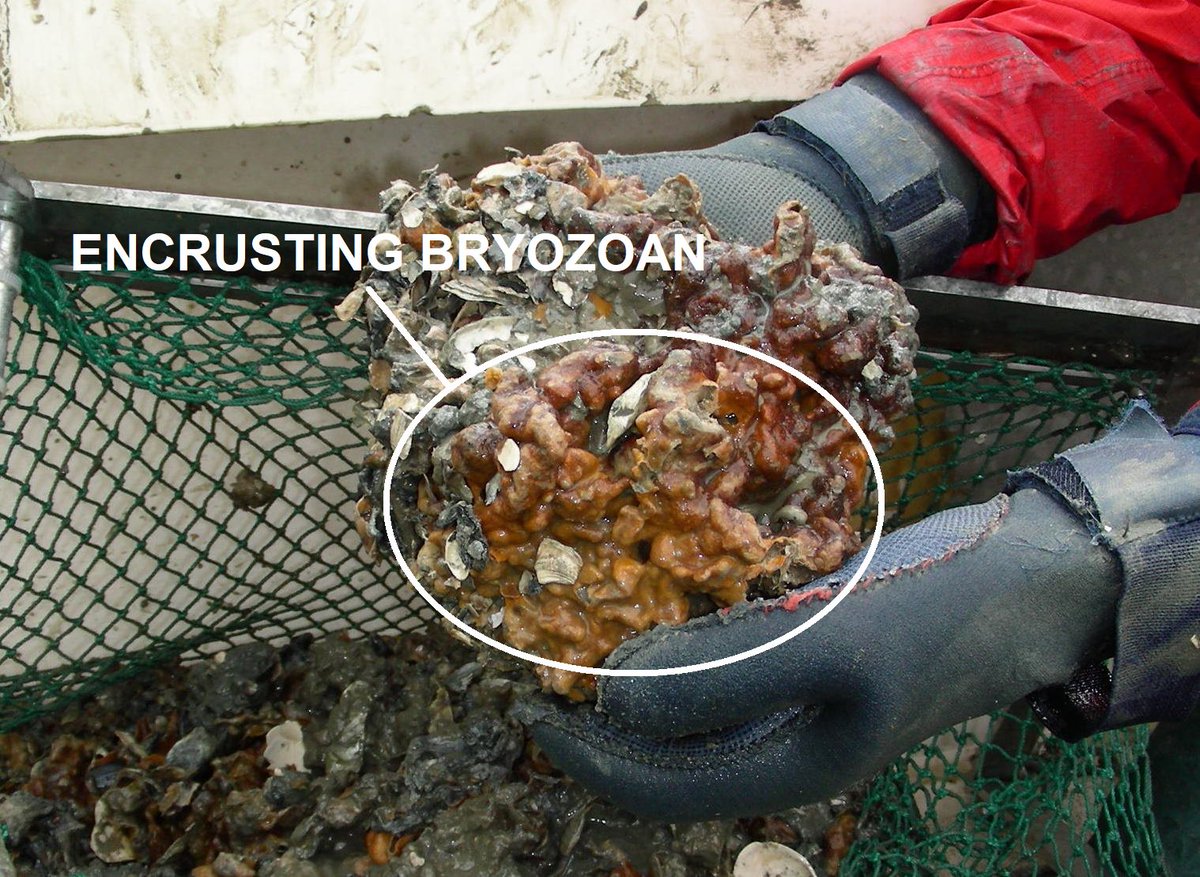Discover and read the best of Twitter Threads about #foulingproject
Most recents (7)
Eek! We've been so busy studying the two biggest estuaries in the US, we almost forgot about #EstuariesWeek
As part of the #FoulingProject we are collecting samples from marinas around both #ChesBay and #SFBay

As part of the #FoulingProject we are collecting samples from marinas around both #ChesBay and #SFBay


We then take them back to the labs at @SmithsonianEnv and #SERCWest @EOS_Center and process the panels with a coarse identification of the invertebrates that settle on them and take vouchers and samples for DNA analysis.
#FoulingProject #ChesBay #SFBay


#FoulingProject #ChesBay #SFBay



Depending on location in the bay, the panels can look very different and contain different assemblages of organisms. #InvertebratesRule #FoulingProject #EstuariesWeek #ChesBay 



From the #FoulingProject in Humboldt, CA, an Onchidoris! 

A beautiful Doto nudibranch taken by the talented @bmtracy 

To celebrate #InvasiveSpeciesWeek - we will be highlighting a prolific invader every day this week! Today's organism? The solitary #tunicate - Ciona savignyi! #InvasiveSpecies #NISAW (1/4) 

This #invasive tunicate is originally native to Japan with introduced populations first reported on the West Coast of North America in 1985. #InvasiveSpeciesWeek #NISAW (2/4) 

Ciona savignyi is often found on our #FoulingProject panels in large abundance alongside C. robusta - as you can see in the picture! Its tunic is transparent & yellowish-green in color and soft & gelatinous to the touch. #InvasiveSpeciesWeek #NISAW (3/4) 

It may be a #SnowDay for those of us at the main @SmithsonianEnv campus - but some of our researchers are enjoying rustic, tropical lab digs on Cocos Island, Costa Rica. Any ideas what book’s fictional island was based off of Cocos? HINT: 🦖🦕 #ScientistsInTheField 

Did you guess #JurassicPark!? Michael Crichton's novel (and the subsequent movies) take place on the fictitious "Isla Nublar" of Costa Rica, which is modeled after Cocos Island! #TheMoreYouKnow 

With views like these - we can understand why famous oceanographer Jacques Cousteau called Cocos "the most beautiful island in the world". #FoulingProject 

#DYK some of the animals that live on our #FoulingProject panels are too small to see with a naked eye? For example, encrusting bryozoans live in small "cells" that group together to form circular discs with intricate designs. (1/3) 

Each of the bryozoan cells - or zooids - contains an animal! All the zooids are clones of the original "ancestrula" zooid. Here's an example of a close-up photo of what an encrusting bryozoan looks like. #FunFactFriday #UnscienceAnAnimal (2/3) 

Bryozoans can be ID'd by the color, shape, and size of the zooids, as well as the shape of the hole they use to emerge from to grab floating food. You can try to find bryozoans on our panels by checking out our #CitizenScience project: goo.gl/zUdqoN (3/3) 🔬 #InvaderID
To celebrate #InvasiveSpeciesWeek - we will be highlighting a prolific invader every day this week! Today's organism? The solitary #tunicate - Ciona savignyi! #InvasiveSpecies (1/4) 

This #invasive tunicate is originally native to Japan with introduced populations first reported on the West Coast of North America in 1985. #InvasiveSpeciesWeek #NISAW (2/4) 

Ciona savignyi is often found on our #FoulingProject panels in large abundance alongside C. robusta - as you can see in the picture! Its tunic is transparent & yellowish-green in color and soft & gelatinous to the touch. #InvasiveSpeciesWeek #NISAW (3/4) 

We had our @SmithsonianEnv Holiday Party yesterday and a couple of our wonderful lab members got awards and recognition. Stay tuned to #MeetTheTeam! 

@SmithsonianEnv First up is our Invasions Lab Data Manager Stacey Havard! Havard earned a 10 year pin for a decade of research on both the #FoulingProject and #ChesapeakeBay shoreline survey! Congrats! 

Next is our lab's best method-man, AKA the fixer, the builder, and the "yes I can make that out of PVC man" George Smith, who was recognized for twenty years with the lab! Here he is with the #ShipFoulingExp flume he built for us. 



